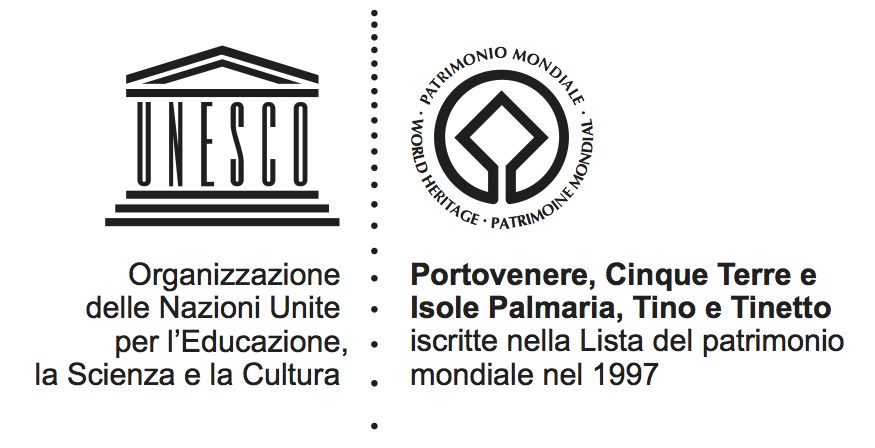OBJECTIVES FOR BUILDING A SINGLE VISION FOR THE SITE
- A UNESCO territory with a long-term, united, and joint vision
- A landscape for residence, made up of living villages, and not just second homes
- A landscape with a greater balance between the land value and the value of the buildings
- A more structured and competitive agricultural sector, made up of more modern agricultural enterprises (tools, means, varieties), economically sustainable, attentive to the landscape and to the territory, less hampered by bureaucracy but helped and encouraged in their training and development
- A landscape where the sea is also a resource, not only for farmers but also for fishermen
- A landscape featuring cooperation for a strong enhancement of local production and a greater connection between produce (agriculture, fishing) and restaurants
- A more organised and better planned landscape, with clear rules and support policies for those who want to invest in the values of the site (young people, farmers, etc.)
- A more connected and accessible landscape
- A less fragile and more secure territory
- A territory that has not completely lost its cultural identity, and that indeed manages to transmit and communicate values to its inhabitants and visitors
- More respectful tourism, more education and awareness of the values and fragility of the site, a resource for maintaining the territory
- A territory which is “studied” in depth, documented, and able to share information and communicate values
In summary, the objectives converge towards a greater attention to the conservation of a cultural landscape composed of a fragile natural component, an exodus of social capital, and an economic system that needs means and tools for autonomous maintenance and development.
The objectives and themes are strongly connected: the territory’s abandonment by its inhabitants (and their intrinsic wealth of experience, knowledge, traditions) causes a direct abandonment of the fields and terraces, which in turn affect the territory’s instability and vulnerability; likewise, the abandonment of traditional dwellings in favour of “real estate tourism” causes the loss of local culture and authenticity and weakens the agricultural-pastoral productive fabric.
It is therefore evident that the primary need of the UNESCO site is to preserve its social capital; local economies, territorial security, and care for the landscape depend on it.
The profiled long-term vision is thus strongly connoted: “The conquest of a living landscape, with an inhabitant for every house and a farmer for every terrace.”
